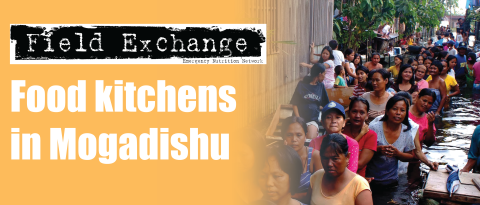Alternative Sampling Designs for Emergency Settings

The Food and Nutrition Technical Assistance II Project (FANTA-2) has recently released new guidance material on survey sampling in emergencies. 'Alternative Sampling Designs for Emergency Settings: A Guide for Survey Planning, Data Collection and Analysis' is the result of a 5 year body of work in response to an expressed need for alternative sampling designs to be conducted in resource-limited, time-sensitive, insecure, and emergency settings.
The most common survey method used in emergencies is a two-stage 30x30 cluster survey. This method provides reliable population- level estimates of malnutrition prevalence, but is time and resource intensive. The guide provides information on three alternative sampling designs that are proven to be more time and resource efficient than the 30x30 cluster survey: the 33x6, the 67x3 and the sequential design. All three designs are hybrid designs, combining aspects of cluster sampling and analysis, with lot quality assurance sampling (LQAS) analysis.
The three designs were developed to provide reliable methods for rapid assessment of the prevalence of acute malnutrition and useful measures of secondary indicators relevant to needs assessment and response planning, including child and household level indicators such as morbidity prevalence, vaccination coverage, household food security, and access to water and sanitation.
As of 2008, the designs are sufficiently validated for wide-scale adoption by government and humanitarian agencies, so that real data collection needs can be met in a time and cost efficient manner.
This Guide provides instruction for the planning, implementation, and analysis of data collected. It is organised into five sections with several appendices included for technical reference. It includes guidance to identify which sampling design may be most appropriate to use given the objectives of the survey and the geographic characteristics of the area to be assessed. It concludes with a look at evolving areas of work that require further development before they could be considered fully validated.
The development, testing and validation of the three alternative sampling designs was completed by FANTA-2 with Catholic Relief Services, Ohio State University, Save the Children US and a team of statistical experts at Harvard School of Public Health.
The guide can be downloaded at FANTA-2's website http://www.fanta-2.org
Imported from FEX website


